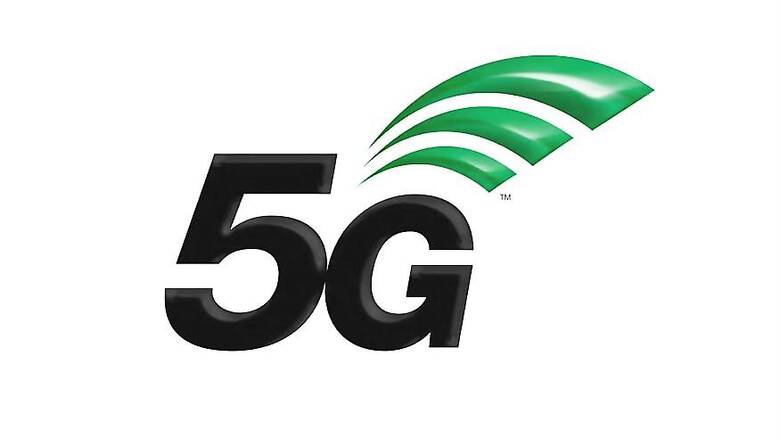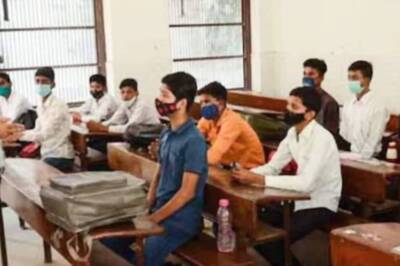
views
Editors' Note: The Industry Dialogue is a multi-part series by News18.com in which the industry talks about the impact of the Coronavirus pandemic and the challenges because of the COVID-lockdown, as well as the possible solutions and measures to get the economy back on track at the earliest.
The COVID-19 pandemic has disrupted the lives of every organization, from large MNCs to startups. The workforce too is experiencing a dramatic shift in its functioning with the lockdown being imposed both in India and in other countries as well. No one was prepared for a global crisis of this magnitude which would impact people’s lives to such a great extent. As India and the rest of the world grapples with the ever increasing challenges and worries of a COVID-19-forced-work-from-home scenario, there are three things that have truly started taking over. There is a faster shift towards digital across sectors, there is an even greater reliance on mobile and broadband networks to get work done and there is the need to deploy smarter and faster networks as well.
The digital shift is gathering speed across sectors
The current scenario of the lockdown due to COVID-19 has not only transformed the lives of employers and employees but it has also brought in a shift in the world of entertainment, healthcare consulting, education, financial payments and more. Companies all across the globe have started conducting press conferences virtually and owing to technological advancements, attendees from across countries and continents are in a position to easily dial-in and participate. Many Indian organizations have also conducted successful press conferences using the digital medium. The advent of digital has truly taken over with companies conducting webinar sessions to discuss about how COVID-19 can be fought together. These companies might not be unique or technology led, but the situation has taught everyone to adopt to the latest technology trends.
Many doctors have started providing online consultation to their patients using digital platforms. Friends and families who have not met for over a month are using video calling platforms to connect with their loves ones to keep a constant check on their health and to stay connected during such times. In addition, educators around the world have started taking online tuitions and study sessions. Study content online is being published online with an aim to allow students to use the virtual learning platforms to consult with their teachers, speak with their classmates, and stay connected through this period of lockdown. Live virtual classrooms are being set up right from students of the preschool to post-doctoral scholars.
Online grocery shopping has also picked up pace during the lockdown period as many people have started ordering for essentials using e-commerce platforms. Additionally, there is a huge spike in the number of individuals who are spending time binging on online video streaming (OTT) platforms such as YouTube, Netflix, Hotstar, Sony Liv, HBO Now, Amazon Prime, etc. This has brought in a great opportunity for the OTT players to use this as an opportunity to grab on to the most brilliant movies and series and buy rights to play it on their platform.
Impact on the network is due to a steep rise in video consumption
Humongous amounts of video content are being communicated out with the use of available broadband networks. However, much of this data is being simultaneously consumed across multiple mobile devices. In such a scenario, one important questions which arises is, ‘Are we equipped with the most efficient solution or technology to handle the stress on the networks?’ The answer to that seems to be negative. It does not seem to be the most efficient way to navigate this space, as the networks are being overburdened and overloaded. Even during normal times, when the country was not under lockdown, video traffic occupied more than 70% of mobile network traffic, overstraining the network thereby causing a reduction in the call quality and increasing the overall cost of network for mobile operators. In the current situation, with majority of people being at home and using home broadband network to stream OTT on their devices, even those networks and services have started getting choked. Netflix has already announced that it will be only streaming content in Standard definition (SD) quality to reduce the traffic on the network. Even other platforms have started allowing use of standard definition quality to upload videos with an aim to reduce burden on the network.
Need of the hour – Convergence of Broadband and Broadcast networks
There are various merits of deploying 5G Broadcast, an innovative solution based on a converged Broadband and Broadcast networks. This innovative data transmission solution has been designed to provide an enriching user experience to users across devices. A fifth-generation data transmission innovation, the 5G Broadcast solution has been developed to let multiple devices to access voluminous data simultaneously, via a single broadcast and intelligently direct and route traffic across the network.
Some of the big advantages are that 5G Broadcast will enable in easing out on the network congestion thereby improving user experience while streaming videos across platforms. It will also provide a smart data pipe for content; monetize broadcast spectrum and provide live streaming on-the-go sans data caps. This new way of delivering content using ‘cellularized’ broadcast network also relaxes the excess burden on OTT platforms by minimizing the unicast streams that needs to be created to deliver content to every single device. This also provides a platform to convey critical emergency alert messages directly to mobile phones and other devices, including TV screen etc using a much more competent broadcast network, rather than a Unicast network.
Important ‘Call to Action’
Lack of understanding and hesitance of the stakeholders to bring about a great transformation by deploying such networks is one of the major reasons why an impactful and cost effective solution has been left in the lurch. The broadcast spectrum is majorly owned by traditional broadcasters across the world (some private and in some cases they are the government owned entities) and they don’t inevitably understand the ‘mobile’ game very well. If decisions are taken to move away from the traditional broadcasting mindset, it will not only put the broadcast spectrum which is a valuable natural resource to good use for the benefit of the public, but they can also produce tremendous benefits to the economy.
As the COVID-19 lockdown scenario has altered every aspect of lives, there is an urgent need to shift from traditional broadcasting to 5G Broadband with an aim to be technologically at par with our peers!
About the Author:
Preetham Uthaiah is EVP - Marketing and Strategy at Saankhya Labs, a communication systems and technology solution company.



















Comments
0 comment